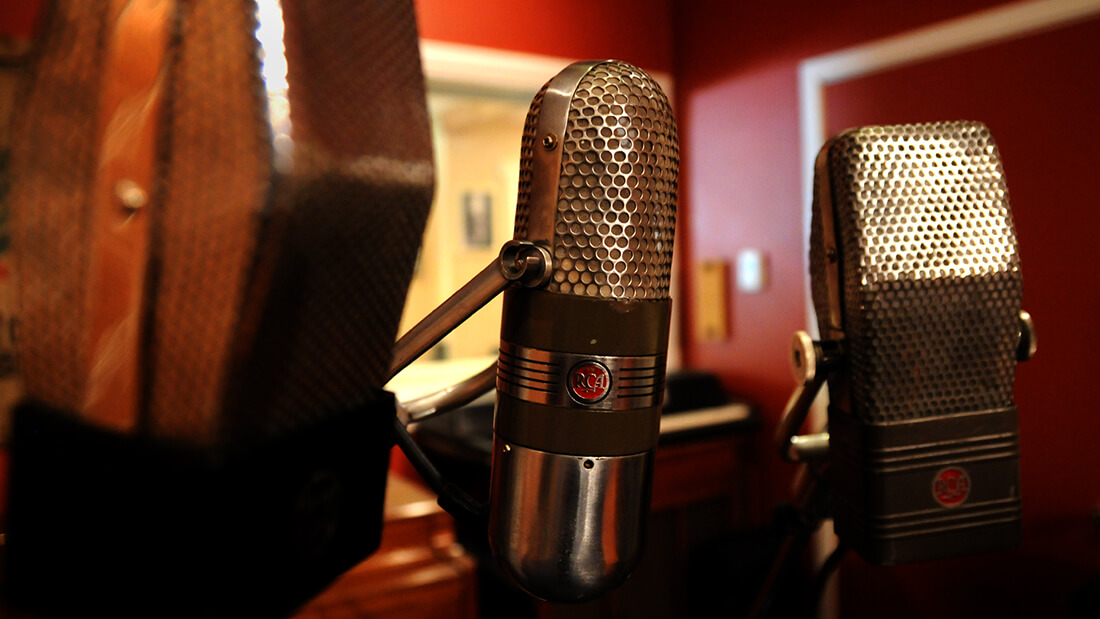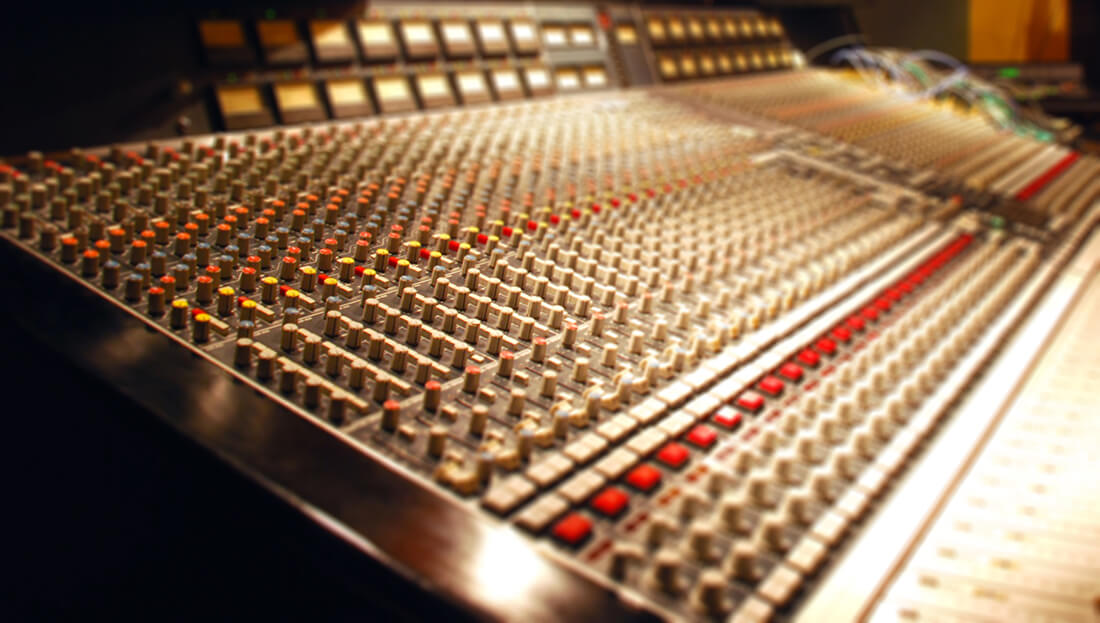Want Your Drums To Pop? Learn the 'Chris Sheldon Method'
When it comes to drums, there is no better way to learn than to do it yourself. Here is StudioAssistant's special cheat sheet presented by the one and only Chris Sheldon (Radiohead, Foo Fighters, The Pixies)

Picking up from our interview with Chris earlier this week, we wanted to learn more about his technique for recording and mixing drums. Chris kindly accepted our invitation and wrote a short article as a follow up to his interview, focusing solely on drums.
Chris Sheldon is a record producer and engineer represented by Jax Management and is based in London, UK. His work includes such names as Foo Fighters, Garbage, Feeder and The Pixies among many others.
The Kit
First and foremost you have to ask yourself: "Is the drum kit sounding right? Are the heads in good shape, and have they been tuned?" There are a tonne of YouTube videos available to peruse if this is something you’re not familiar with, but it does pay dividends if you can get the kit to have a decent tone to start with.
Setup
For me, I want life in the toms [i.e. not dead], but I don’t want them to ring for too long. A short decay is ideal, as is a good change in pitch between them. I want the bass drum to have a good thud and I want the snare to have a crisp crack to it, again with a bit of ring. Personally, I find smaller hi-hats are a better option in the studio for less leakage onto the snare mic. I also like using nice bright cymbals, again with a definite difference in tone. (If you’re recording a traditional sounding reggae band, lively ringing drums may well not be what you want, but for the sake of this article let’s assume I am recording a modern rock group.)
Recording
Mic-ing is always a very personal approach, but over the years I have a developed a method and mic selection that has never let me down. Having said that, I am always happy to try new approaches and microphones!
Bass Drum would be a Neumann FET 47 and an AKG D112 - one inside halfway between the heads and one just outside the outer head. These can take a lot of pressure which makes them ideally suited for this purpose.
Snare Drum. I am a sucker for a Shure 57 (or 58 with the pop shield unscrewed). It generally gives me what I want and can deal with the high pressure from the drum, plus it can a take beating from an inaccurate player! I normally have the mic around 1 inch or so from the head, and I would also mic up the underneath to pick up some of the rattle. This will help bring out some of the high end on the snare too.
"My favourite preamps for recording drums are, by far, APIs"
On Toms, I would generally use Sennheiser MD421 mics on the batter skin and AKG 414’s underneath to bring out the tone. It’s important to also flip the phase between these two mics.
"On Toms, I generally favour 60% top to 40% bottom mic"
Hi-Hats would be a Neumann KM84 and probably the same on the Ride cymbal. It amazes me how many people do not spot-mic the ride, but for me it’s a must. You can filter out a fair amount of bottom on both these mics, it’s not really useful and can cloud things up.
Cymbal or Overhead mic-ing would be a pair of Neumann 87s or equivalent.
For the Ambience, I will always use two Room mics maybe 15 feet back from the kit and 15’ between them, in addition to a Centre mic placed a little bit closer. For the pair, I would ideally use Coles ribbon mics or something similar.
Lastly, I would set up the Crush mic. For this I would normally use a fairly large diaphragm microphone and overload the mic gain and/or cane it through a compressor set with a medium attack but quite a quick release. It doesn’t need to be too bright or boomy, but will provide the mid range excitement and overtones of the drums.
"This is an extremely important mic"
 Image source: gearslutz.com
Image source: gearslutz.com
I generally experiment on the day as to where I want to place this microphone. It could be behind the drummer slightly and set about waist height. Or it might be smack in front of the kit; it really depends on the room. The main thing is to use this mic as ‘sonic glue’, pulling together the sound of the kit. You’ll be surprised how useful this track will be when you’re mixing other instruments alongside the kit and you want to regain the ‘real’ feel of a guy on his drums in a room.
Last thing to do is to check phase between your overhead mics and your close mics. Pay close attention to the toms, but check them all for peace of mind.
OK, so that’s a basic overview of my drum recording. There are a lot of other little techniques that I’ve learnt over the years, but that’s a basic set up. EQ-ing is something you’ll have to figure out by trial and error, but a basic rule of thumb is apart from an effect like the Crush mic, DON’T compress the mics to tape (or DAW), do it on mix-down. You can obviously substitute my mic selection for whatever you have that’s similar.
Mixing
Mixing the kit will most likely require you to EQ again to make the kit fit with the bass and guitars, but this is where you can also use compression to really make the kit thump.
"Don’t go crazy! An over-compressed kit will sound smaller than one with none"
Room mics can benefit from a touch of compression to give you a bigger sound when they’re trying to compete with raging guitars. It’s also worth compressing the kick and snare drum, but again, don’t overdo it.
One trick I always use is to run the recorded snare drum back through a mic amp and overload it to distort the signal, then record this back to another track. This has the side effect of bringing out harmonics and tones that can be very useful for infusing some life back into the kit when the other instruments are taking up room in the mix. You won’t need much (just a few dB’s), but it will really help.
I find that using parallel compression on the kit is useful too. Basically, I send a mix of the kit via sends to a stereo limiter set on a fairly savage setting and blend that in, behind my original mix. It will bring your kit to life! If you have access to something marvellous like a Chandler TG1, it will do the perfect drum limiting, but there are plenty of other options out there.
"I just love the sound of SSL on drums. 4K, 6K, you name it!"
It’s a tricky business getting the balance between drums and the rest of the instruments in a band to work in the mix. It’s generally just a question of experimenting and repetition to get it right, but with these little techniques on the drums you might get there a little quicker.


